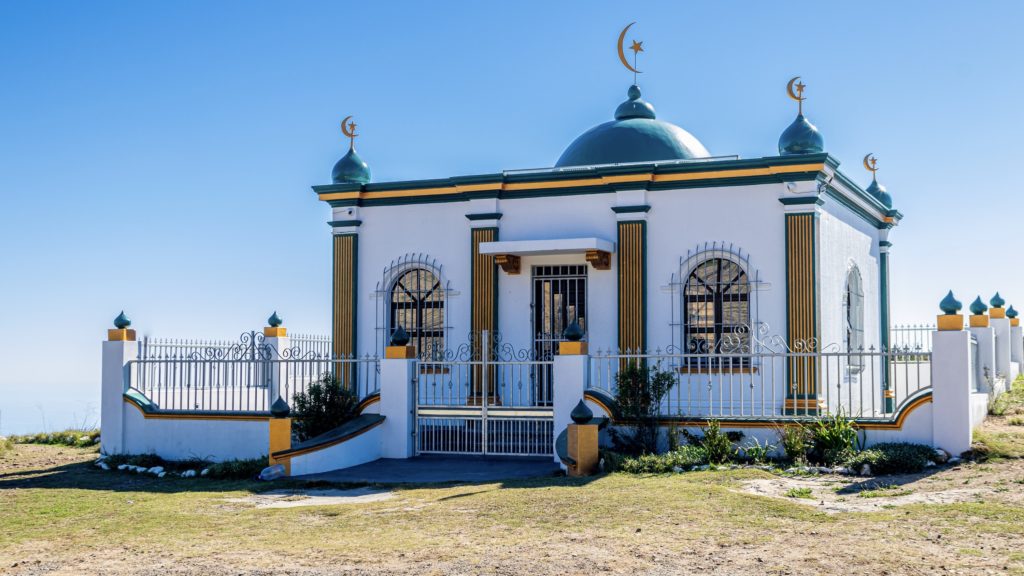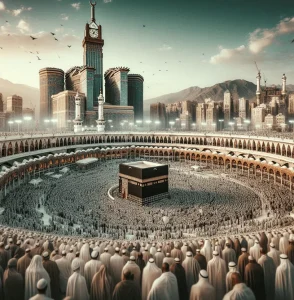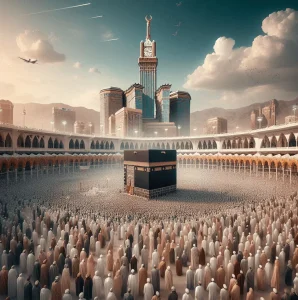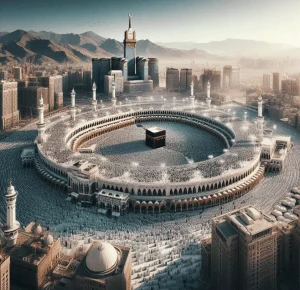Table of Contents
Islamic Heritage Sites Embarking on a journey through Islamic Heritage Sites unveils a tapestry woven with architectural splendor, cultural depth, and historical significance. These sites not only bear witness to the rich legacy of Islamic civilizations but also inspire awe and reverence for their enduring contributions to humanity.

Discovering Islamic Heritage Sites
Architectural Marvels
Islamic Heritage Sites encompass a diverse array of architectural styles, from the soaring minarets of the Umayyad Mosque in Damascus to the geometric brilliance of the Dome of the Rock in Jerusalem. Each site reflects the cultural and artistic zenith achieved by Muslim artisans and architects over centuries.
Historical Significance
Beyond their architectural grandeur, Islamic Heritage Sites hold profound historical significance. The Alhambra in Spain, for instance, epitomizes the cultural flourishing during the Muslim rule of Andalusia, while the ancient city of Samarra in Iraq echoes the Abbasid era’s architectural innovations.
Spiritual Centers
Mosques such as the Great Mosque of Cordoba in Spain and the Sultan Ahmed Mosque in Istanbul serve not only as places of worship but also as symbols of spiritual devotion and community unity. These sites continue to be active centers of religious and cultural life, welcoming visitors from around the globe.
Exploring Cultural Diversity
Influence Across Continents
Islamic Heritage Sites span continents, reflecting the global reach of Islamic civilization. From the Timbuktu manuscripts in Mali to the intricate carvings of Fatehpur Sikri in India, each site bears witness to the cultural fusion and exchange that characterized Muslim societies.
Artistic Expression
Islamic art flourished under various dynasties, leaving behind a legacy of calligraphy, tile work, and manuscript illumination. The Topkapi Palace in Istanbul houses exquisite collections of Ottoman art, while the Nasrid Palaces in the Alhambra showcase the mastery of Islamic geometric patterns and motifs.
Conservation Efforts and Challenges
Preservation Initiatives
Preserving Islamic Heritage Sites presents ongoing challenges due to factors such as urban development, climate change, and political instability. Organizations like the Aga Khan Trust for Culture and UNESCO undertake conservation projects to safeguard these sites for future generations.
Technological Innovations
Advancements in technology, including 3D scanning and virtual reality, aid in documenting and preserving Islamic Heritage Sites. Digital reconstructions allow researchers and visitors to experience these sites in their historical contexts, enhancing appreciation and understanding.
Educational Significance
Learning Centers
Many Islamic Heritage Sites house libraries, madrasas, and observatories that were centers of learning during their respective epochs. The House of Wisdom in Baghdad, for example, was a renowned hub of scholarship and translation during the Abbasid Caliphate, advancing knowledge in mathematics, astronomy, and medicine.
Cultural Tourism
The promotion of Islamic Heritage Sites as cultural tourism destinations fosters economic growth while raising awareness about their historical and cultural importance. Tourists engage in guided tours, workshops, and cultural events that enrich their understanding of Islamic civilizations.
Contemporary Relevance
Interfaith Dialogue
Islamic Heritage Sites serve as platforms for interfaith dialogue and cultural exchange. Initiatives like the Historic Mosques Program in the United Kingdom promote understanding of Muslim heritage among diverse communities, fostering respect and collaboration.
Global Influence
The influence of Islamic Heritage Sites extends beyond borders, influencing art, architecture, literature, and scientific thought worldwide. Islamic scholars’ translations of Greek texts during the Middle Ages, for instance, laid the foundation for the European Renaissance and subsequent scientific revolutions.
Celebrating Diversity and Unity
Cultural Festivals
Annual events such as the Fez Festival of World Sacred Music in Morocco celebrate the spiritual and cultural dimensions of Islamic Heritage Sites through music, art exhibitions, and academic symposia. These festivals promote dialogue and mutual understanding among participants from different backgrounds.
Sustainable Tourism Practices
Promoting sustainable tourism practices ensures that Islamic Heritage Sites remain accessible while minimizing environmental impact. Community involvement in site management and eco-friendly initiatives contribute to preserving these sites for future generations.
Islamic Heritage Sites
In conclusion, Islamic Heritage Sites offer a profound journey through history, culture, and human achievement. From the majestic mosques of Central Asia to the intricate palaces of Andalusia, these sites encapsulate the diversity and unity of Islamic civilizations across time and space.
By exploring and preserving Islamic Heritage Sites, we honor the enduring legacy of Muslim civilizations and enrich our global heritage. Let us continue to cherish and protect these treasures that inspire awe and connect us to the remarkable achievements of our shared human history.





More Stories
Tales of Wonder: Unraveling the Islamic Heritage Mystery
Echoes of History: Rediscovering Islamic Heritage Around the World
Preserving the Past: Exploring the Rich Tapestry of Islamic Heritage